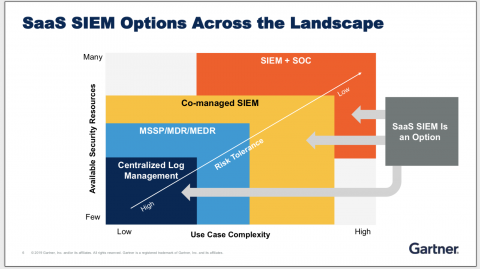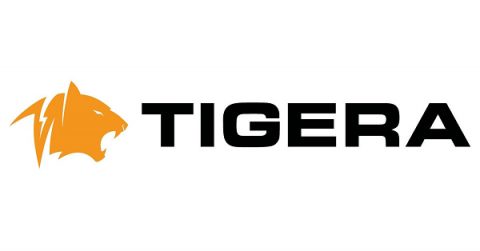An overview on insider threat awareness
Organizations usually focus on cyber threats which are external in origin. These include anti-malware, external firewalls, DDoS attack mitigation, external data loss prevention, and the list goes on. That's great, external cyber attacks are very common so it's vital to protect your networks from unauthorized access and malicious penetration. The internet and unauthorized physical access to your facilities will always be risks and they must be monitored and managed.








